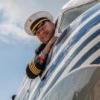
Sign in to follow this
Followers
0

Re: NGX impending release: Are we there yet?
By
rsrandazzo, in PMDG General Forum


By
rsrandazzo, in PMDG General Forum